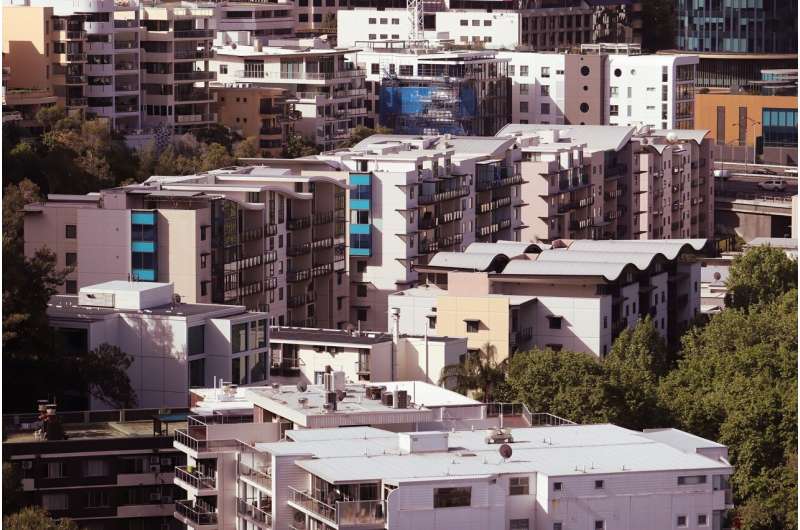Structural Barriers Impacting Cancer Care for People Living with HIV

Recent research highlights significant structural obstacles that hinder access to necessary cancer treatments among individuals living with HIV, especially those residing in socioeconomically disadvantaged communities. A comprehensive national study analyzing treatment records of over 31,000 adults with HIV diagnosed with common cancers between 2004 and 2020 revealed that approximately 16.5% did not receive the recommended curative treatments, with a notable correlation to their community's income and education levels.
The study, published in the journal Cancer and led by researchers from the H. Lee Moffitt Cancer Center & Research Institute, emphasizes that where a patient lives profoundly affects their healthcare outcomes. Specifically, those in areas with lower income and educational attainment were 27% less likely to receive potentially lifesaving cancer treatments, even after adjusting for factors like age, sex, cancer type, and stage at diagnosis.
Most patients in this study were male (68%), aged 60 or older (43%), with a significant portion from the Southern United States (39%). The cancers most frequently diagnosed included lung cancer, lymphoma, colorectal cancer, and prostate cancer.
Expert insights from the study's co-authors suggest that these disparities are rooted in structural and social determinants of health rather than individual health status alone. Dr. Jessica Islam stated that community-level factors, such as economic opportunities and education access, play crucial roles in health outcomes and that addressing these systemic issues is vital for closing the care gap.
The findings underscore the importance of policies and interventions aimed at reducing socioeconomic disparities and ensuring equitable access to cancer care for all individuals, regardless of their community background. By tackling the broader social inequities, healthcare providers and policymakers can improve cancer treatment rates and outcomes among vulnerable populations living with HIV.
This study advocates for a comprehensive approach that includes community-level strategies to improve health equity and access, reinforcing the need for systemic change to prevent cancer care disparities in marginalized groups.
Stay Updated with Mia's Feed
Get the latest health & wellness insights delivered straight to your inbox.
Related Articles
Advances in Treating Chronic Back Pain: Insights from Neuroscience Research
Emerging neuroscience research offers promising new treatments for chronic back pain by targeting brain signals. Learn about innovative therapies and effective prevention strategies from UCSF experts.
Rising Concerns Over the Overlooked 'Silent Epidemic' of Stimulant Use Amidst Opioid Crisis
A new study reveals a growing, yet under-recognized, epidemic involving stimulant drugs during the opioid crisis, highlighting the need for increased public awareness and targeted interventions.
Heavy Menstrual Bleeding: A Common yet Often Overlooked Health Issue
Heavy menstrual bleeding affects millions of women, yet remains poorly understood and undertreated. Innovative organ-on-a-chip technology aims to revolutionize diagnosis and treatment, reducing delays from years to months.



